Growth in Automotive Applications
The automotive industry is a significant driver for the Expanded Polyethylene Foam Market, as manufacturers increasingly utilize this material for various applications. Expanded polyethylene foam is employed in automotive interiors, providing sound insulation, vibration dampening, and thermal protection. The ongoing advancements in vehicle design and the push for lightweight materials are likely to enhance the demand for expanded polyethylene foam in this sector. In 2025, it is anticipated that the automotive segment will contribute a considerable portion to the overall market revenue. Additionally, the trend towards electric vehicles, which often require specialized insulation materials, may further propel the use of expanded polyethylene foam, as it meets the stringent requirements for safety and performance.
Rising Demand in Packaging Sector
The Expanded Polyethylene Foam Market is experiencing a notable surge in demand, particularly within the packaging sector. This growth is largely attributed to the increasing need for protective packaging solutions that ensure the safety of products during transit. As e-commerce continues to expand, the requirement for lightweight yet durable packaging materials has become paramount. In 2025, the packaging segment is projected to account for a substantial share of the market, driven by the need for sustainable and efficient packaging solutions. The versatility of expanded polyethylene foam, which offers excellent cushioning properties, positions it as a preferred choice among manufacturers. Furthermore, the shift towards eco-friendly packaging materials is likely to bolster the market, as companies seek to reduce their environmental footprint.
Sustainability Trends and Eco-Friendly Products
The growing trend towards sustainability is significantly influencing the Expanded Polyethylene Foam Market. As consumers and businesses alike become more environmentally conscious, there is an increasing demand for eco-friendly materials. Expanded polyethylene foam, which can be recycled and reused, aligns well with these sustainability goals. In 2025, the market is likely to see a rise in the production of biodegradable and recyclable foam products, catering to the needs of environmentally aware consumers. This shift towards sustainable practices not only enhances the market appeal of expanded polyethylene foam but also encourages manufacturers to innovate and develop greener alternatives. The emphasis on sustainability is expected to drive market growth, as companies strive to meet regulatory requirements and consumer expectations.
Technological Innovations in Manufacturing Processes
Technological advancements in the manufacturing processes of expanded polyethylene foam are poised to drive the market forward. Innovations such as improved extrusion techniques and enhanced foaming methods are likely to increase production efficiency and product quality. These advancements enable manufacturers to produce customized foam solutions that cater to specific industry needs, thereby expanding the application range of expanded polyethylene foam. In 2025, the market is expected to benefit from these technological improvements, as they allow for the creation of more complex shapes and sizes, enhancing the versatility of the material. The ability to produce high-performance foam products could attract new customers and applications, further propelling the growth of the Expanded Polyethylene Foam Market.
Increased Focus on Construction and Building Materials
The construction sector is increasingly recognizing the benefits of expanded polyethylene foam, which is driving growth in the Expanded Polyethylene Foam Market. This material is utilized for insulation, soundproofing, and as a protective layer in various building applications. The rising emphasis on energy efficiency in buildings is likely to enhance the demand for insulation materials, including expanded polyethylene foam. In 2025, the construction segment is expected to witness significant growth, as regulations become more stringent regarding energy consumption and sustainability. The lightweight nature of expanded polyethylene foam, combined with its excellent thermal properties, positions it as a favorable choice for builders and architects aiming to meet modern construction standards.


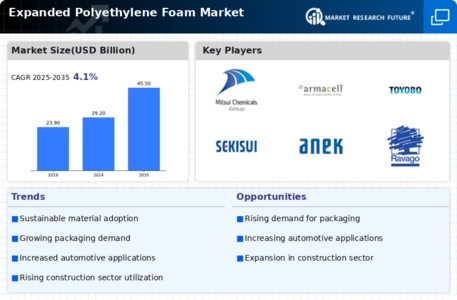
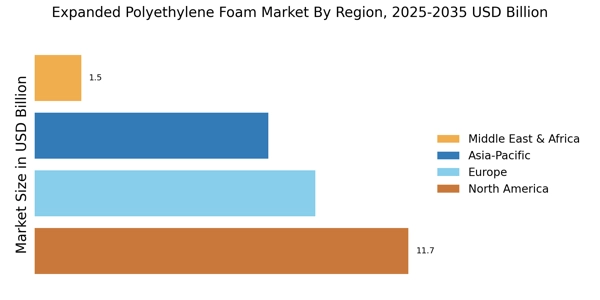
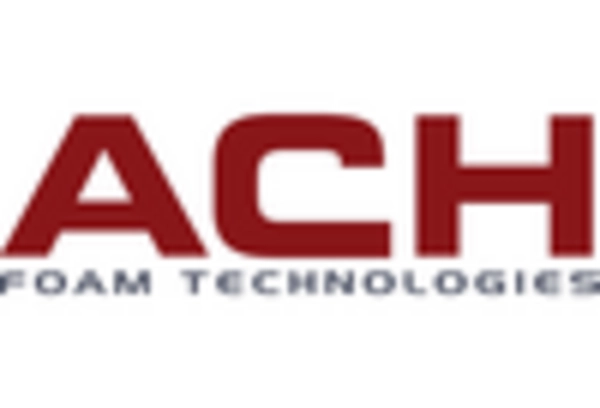


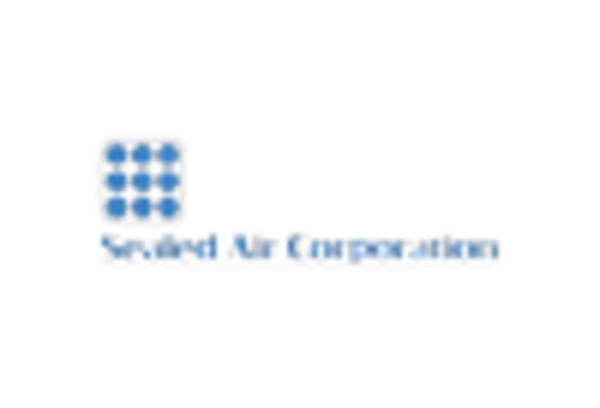
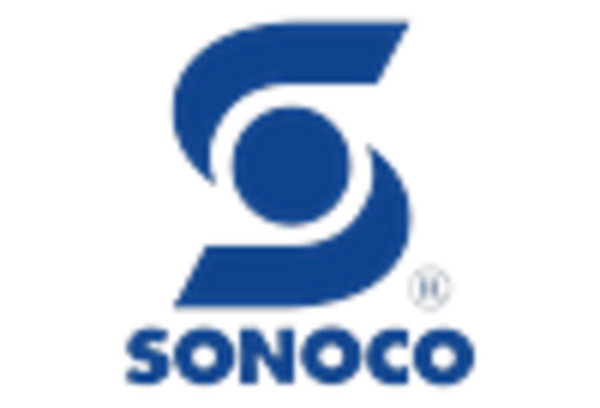
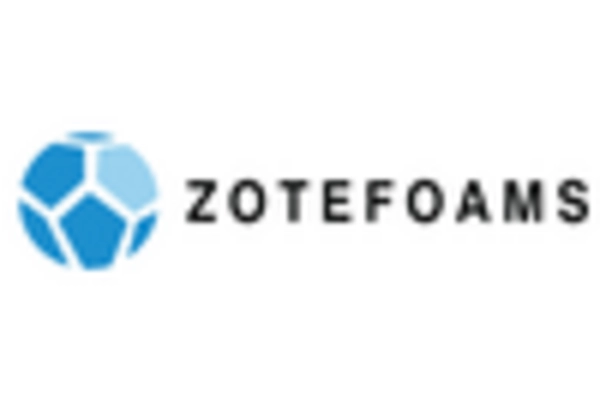








Leave a Comment